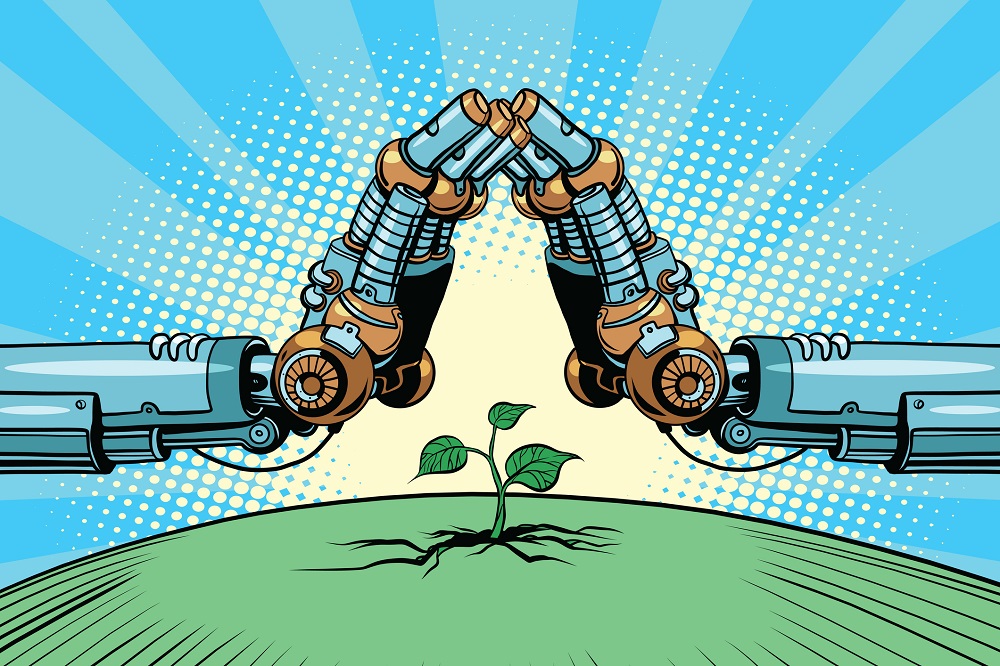

The Role of AI in Climate Change Solutions
Climate change is one of the most pressing issues of our time, with far-reaching consequences for our planet and its inhabitants. The scientific community has been sounding the alarm for decades, and the need for urgent action has never been more apparent. As the world grapples with the challenges of reducing greenhouse gas emissions, transitioning to renewable energy sources, and mitigating the impacts of climate change, artificial intelligence (AI) is emerging as a critical tool in the fight against climate change.
In this article, we will explore the role of AI in climate change solutions, examining its potential applications, current successes, and future directions. We will also discuss the challenges and limitations of relying on AI in this domain, and highlight the need for a multidisciplinary approach that combines AI with human expertise, policy changes, and behavioral adaptations.
Predicting Climate Patterns
One of the most significant contributions of AI to climate change research is its ability to analyze large datasets and identify patterns that may not be apparent to human researchers. By processing massive amounts of climate data, including temperature readings, sea level rise, and weather patterns, AI algorithms can help scientists predict climate patterns and forecast the likelihood of extreme weather events.
For example, researchers at the National Center for Atmospheric Research (NCAR) have developed an AI-powered system that can predict the likelihood of heatwaves, droughts, and other extreme weather events up to three weeks in advance. This advance warning can help policymakers and emergency responders prepare for and respond to these events, saving lives and reducing economic losses.
Optimizing Renewable Energy
Another crucial area where AI is playing a key role is in optimizing renewable energy systems. By analyzing data on energy demand, weather patterns, and energy production, AI algorithms can optimize energy distribution, reduce energy waste, and improve the overall efficiency of renewable energy systems.
For instance, companies like Google and Microsoft are using AI to optimize their data centers, which are among the largest consumers of energy in the world. By analyzing energy usage patterns and weather forecasts, AI algorithms can adjust energy consumption in real-time, reducing waste and minimizing carbon emissions.
Monitoring and Tracking Carbon Emissions
AI can also be used to monitor and track carbon emissions, providing valuable insights for policymakers, businesses, and individuals looking to reduce their carbon footprint. By analyzing data from sensors, satellites, and other sources, AI algorithms can estimate carbon emissions from various sources, including transportation, industry, and agriculture.
For example, the Climate TRACE initiative, led by the University of California, Berkeley, uses AI to track greenhouse gas emissions from fossil fuel power plants, cement factories, and other industrial sources. This real-time data can help policymakers and businesses identify areas for improvement and track the effectiveness of emissions-reduction efforts.
Climate Modeling and Simulation
AI can also be used to improve climate modeling and simulation, allowing researchers to better understand the complex interactions between the Earth’s atmosphere, oceans, and land surfaces. By analyzing large datasets and running complex simulations, AI algorithms can help scientists predict the impacts of climate change on local and global scales.
For instance, researchers at the University of East Anglia have developed an AI-powered climate model that can simulate the behavior of the Earth’s atmosphere and oceans at unprecedented scales. This model can help scientists better understand the dynamics of climate change, including the role of ocean currents, sea ice, and atmospheric circulation patterns.
Challenges and Limitations
While AI has tremendous potential in the fight against climate change, there are several challenges and limitations that must be acknowledged. One major concern is the risk of bias in AI decision-making, which can perpetuate existing social and environmental inequalities.
For example, AI-powered systems designed to optimize energy distribution may prioritize wealthier neighborhoods or communities with higher energy demands, exacerbating existing energy poverty and inequality. Similarly, AI-powered climate models may rely on datasets that are incomplete, inaccurate, or biased, leading to flawed predictions and recommendations.
Future Directions
Despite these challenges, the potential of AI in climate change solutions is vast and varied. As the field continues to evolve, we can expect to see AI playing an increasingly important role in areas such as:
- Climate Adaptation: AI can help communities adapt to the impacts of climate change, including sea level rise, droughts, and extreme weather events.
- Sustainable Infrastructure: AI can optimize the design and operation of sustainable infrastructure, including green buildings, smart grids, and renewable energy systems.
- Climate Policy: AI can provide policymakers with data-driven insights and recommendations for reducing greenhouse gas emissions and achieving climate goals.
To fully realize the potential of AI in climate change solutions, it is essential to adopt a multidisciplinary approach that combines AI with human expertise, policy changes, and behavioral adaptations. This requires collaboration between AI researchers, climate scientists, policymakers, businesses, and community leaders.
Conclusion
Climate change is one of the most pressing issues of our time, and AI has a critical role to play in developing solutions. From predicting climate patterns and optimizing renewable energy systems to monitoring and tracking carbon emissions, AI can help us better understand and address the challenges of climate change.
However, it is essential to acknowledge the challenges and limitations of relying on AI in this domain, including the risk of bias and the need for human oversight and intervention. By adopting a multidisciplinary approach that combines AI with human expertise, policy changes, and behavioral adaptations, we can unlock the full potential of AI in climate change solutions and work towards a more sustainable and equitable future for all.





1 thought on “The Role of AI in Climate Change Solutions”